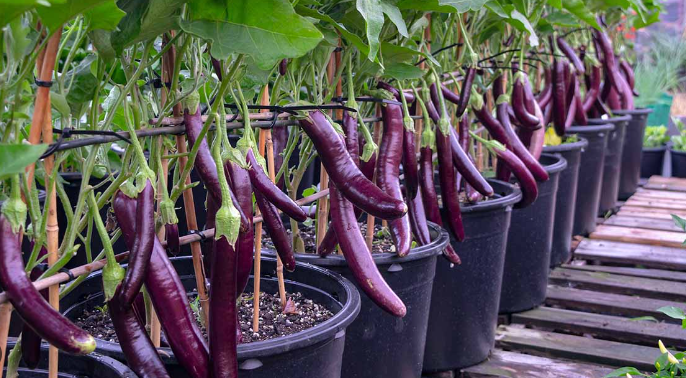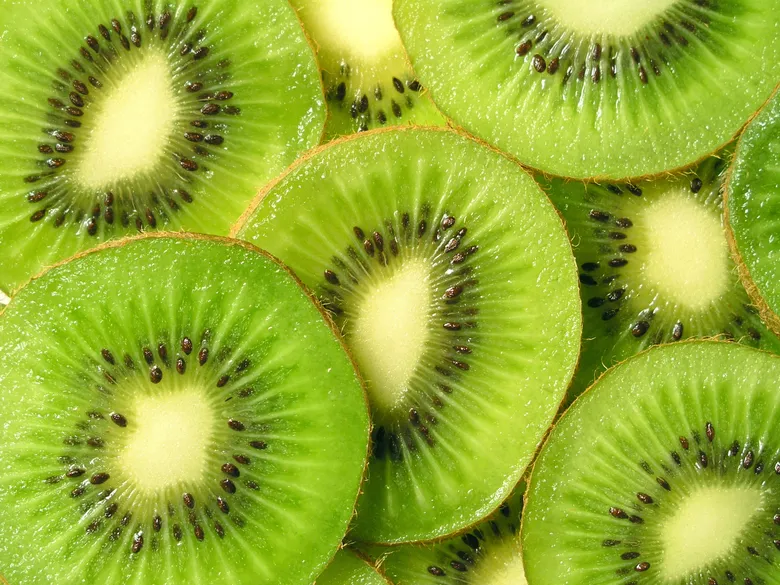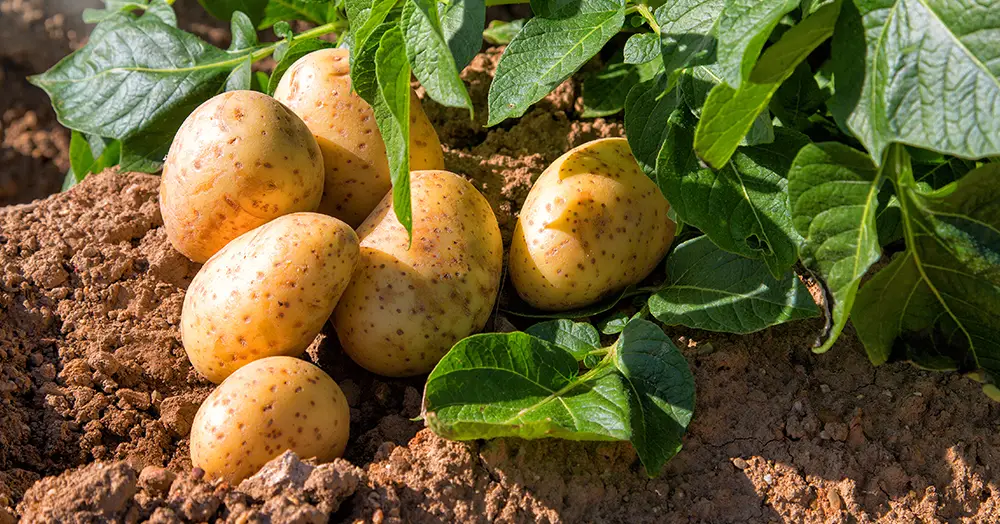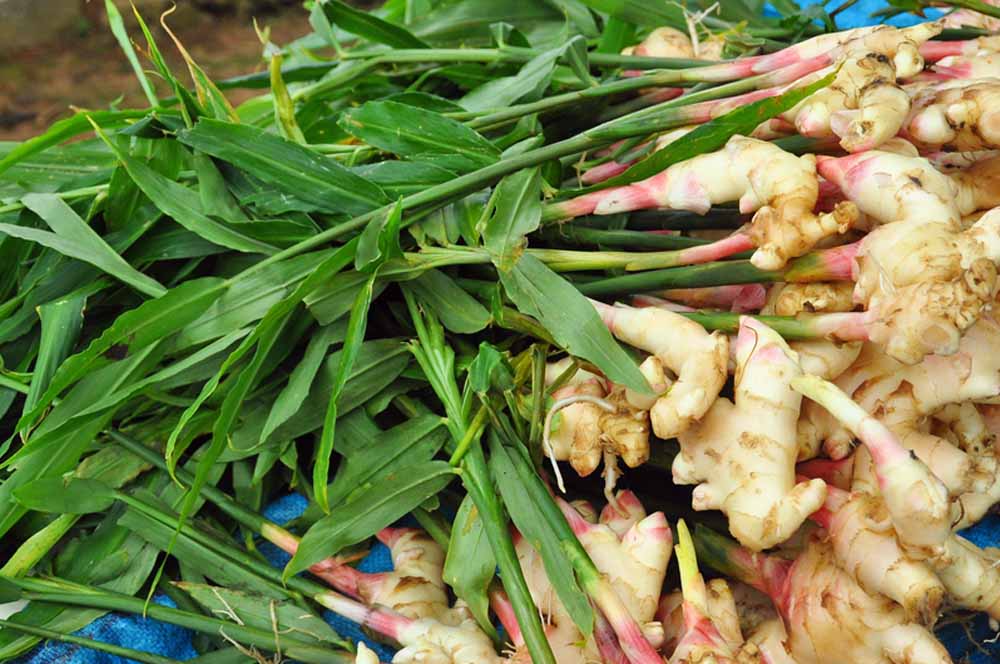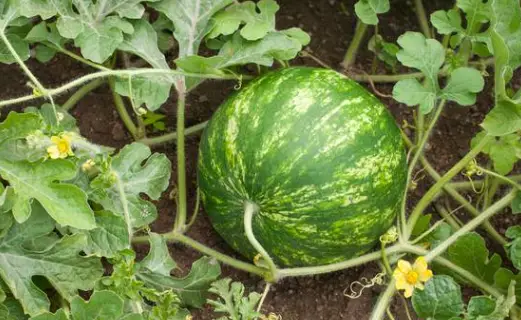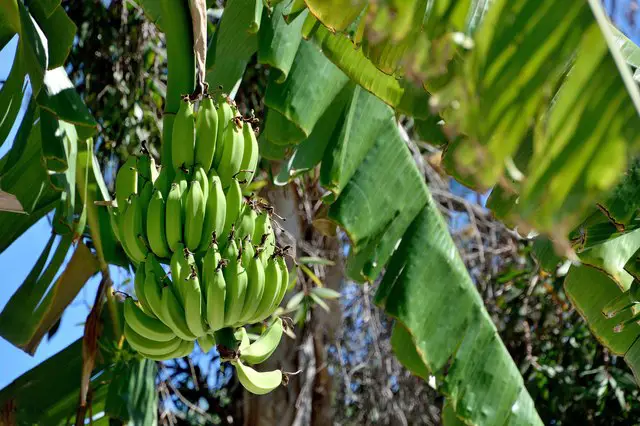Are you looking to spice up your fruit garden with something different this summer? You can grow your own tasty jujubes right from the seeds. It might sound tricky, but don’t worry, we’ve got you covered! This detailed, step-by-step guide will help you every step of the way, from picking the seeds to enjoying your homegrown fruit.
Jujubes are a yummy and healthy fruit that people have enjoyed all over the world for a long time. They’re full of good stuff and you can easily grow them yourself from seeds. Say goodbye to buying expensive ones from the store and hello to harvesting your very own jujubes!
In this article, we’ll help you start a jujube garden. We’ll talk about how to pick the best seeds that will grow the kind of fruit you love, how to prepare the ground, and tips for taking care of your plants. Let’s get your jujube planting journey started!
Table of Contents
- Planting Jujube Seeds Step by Step
- Step 1: Picking the Best Jujube Seeds
- Step 2: Soaking the Seeds Overnight
- Step 3: Sewing the Seeds in Good Soil
- Step 4: Sunlight and Temperature for Sprouting
- Step 5: Keep the Soil Moist with Regular Watering
- Step 6: Give Seedlings Space by Thinning
- Step 7: Moving to Individual Pots
- Step 9: Jujube Tree Care
- Step 10: Pruning for Shape and Fruit
- Step 11: Pick the Ripe Fruit
- Extra Tips for Growing Jujube Trees
- How to Grow a Productive Jujube Tree
- Gathering and Keeping Jujube Fruit
- Common Questions About Jujube Trees
- How long does it take to grow a jujube tree?
- Do jujube trees need full sun?
- Are jujube trees self-pollinating?
- Are jujubes easy to grow?
Planting Jujube Seeds Step by Step
Step 1: Picking the Best Jujube Seeds
First things first, let’s find the perfect jujube seeds for you. There are lots of types, each with different tastes and textures. Maybe you prefer something sweet and soft or something a bit tangier and crunchy? Pick a type that makes your tastebuds happy. Once you decide, you’re all set to plant!
Step 2: Soaking the Seeds Overnight
Before planting, give your seeds a bath overnight. Soaking them softens their shells and makes it easier for them to sprout. Just fill a bowl with water, drop your seeds in, and let them soak for at least 8 hours or the whole night. Rinse them off with some clean water afterward and they’re ready to go.
Step 3: Sewing the Seeds in Good Soil
Jujube trees need soil that drains water well so their roots don’t rot. Aim for soil with a pH between 6.0 to 7.0. Sow your soaked seeds about 1-2 inches deep into the soil and leave about 6-8 inches of space between them so they have room to grow big and strong.
Step 4: Sunlight and Temperature for Sprouting
Jujube trees love sunshine and need lots of it to grow and make fruit. If you’re starting indoors, find a sunny spot or use special plant lights. The magic temperature for your seeds to sprout is between 68°F and 86°F. If you’re planting outside, choose an area that gets a lot of sun all day.
Step 5: Keep the Soil Moist with Regular Watering
Your growing jujube trees need water often to stay healthy and bear fruit. Deep watering helps keep the soil moist. Just be careful not to overwater – soggy soil isn’t good for sprouting seeds, and it’s not good for your young plants either.
Step 6: Give Seedlings Space by Thinning
If you have too many seedlings growing close together, remove some so the others have enough space to develop. This way, each little jujube tree can grow up big and strong without fighting for room or resources.
Step 7: Moving to Individual Pots
When your seedlings are a few inches tall, it’s time to give them a new home in individual pots. Now they’ll have all the space they need to spread out and grow better.
Step 8: Moving Outdoors When They’re Ready
Once your seedlings are big and tough, they can move to their ultimate home outside. Find them a sunny spot with soil that drains well and lots of space for their roots. Plant them gently, water well, and mulch around the base to keep the weeds away and the soil nice and moist.
Step 9: Jujube Tree Care
Your jujube trees will thrive with the right mix of well-draining soil, enough water, sunshine, and food. Feed them with balanced fertilizer to make sure they get all the nutrients they need. Water the right amount; too much can hurt the roots. Prune the trees to help them grow well and be careful of bad weather and pests that might harm your fruit or tree. With the right care, they’ll be healthy and give you lots of fruit.
Step 10: Pruning for Shape and Fruit
A little haircut for your trees can keep them looking good and help them grow more fruit. Pruning away any dead or broken branches helps your tree stay strong and healthy.
Step 11: Pick the Ripe Fruit
You’ll know your jujubes are ready to eat when they grow to full size and change from green to yellow or brown. Pick them carefully by twisting gently so that you don’t hurt the tree or other fruits. Harvesting often will give you a steady flow of yummy ripe jujubes all through the season.
Extra Tips for Growing Jujube Trees
How to Grow a Productive Jujube Tree
If you want a strong and fruitful jujube tree, you should follow these important tips:
- Pick the Perfect Spot: Find a place with a lot of direct sunlight and soil that doesn’t hold water.
- Start with Great Seeds or Trees: Get healthy seeds or trees without any diseases. This will help your tree grow well.
- Water the Right Way: Water your jujube tree to keep the soil moist. But don’t water too much because the roots could rot.
- Fertilize Well: Give your tree food that has all the good stuff it needs to grow and make fruit.
- Prune with Care: Trimming the tree helps it stay the right shape and grow better.
- Protect from Bugs and Sickness: Watch out for pests and diseases. If you see any, deal with them fast so they don’t hurt your tree.
- Pick Fruit at the Perfect Time: When the jujube fruit is ripe, it’s sweet and tastes the best, whether you eat it as is or use it in recipes.
Gathering and Keeping Jujube Fruit
- Wait for the jujube to turn from green to yellow or brown before you pick it.
- Be gentle when you take the fruit off the tree so you don’t hurt the tree or other fruits.
- Keep the fruit in a cool and dry spot to make it last longer.,li>
- It’s best to eat the jujubes within a few days after picking them.
- If you want to keep them for longer, you can freeze them or make them last by drying or bottling them.
Jujube fruit is special and tasty. It can be used in lots of dishes or eaten fresh. Pick it when it’s ripe and store it in a spot that’s cool and not wet. Fresh jujubesshould be eaten in two or three days for the best taste and feeling in your mouth.
To keep jujubes longer, freezing or preserving them by drying or canning is recommended. Enjoy this yummy fruit fresh, or add it to your recipes and get the health benefits from it.
